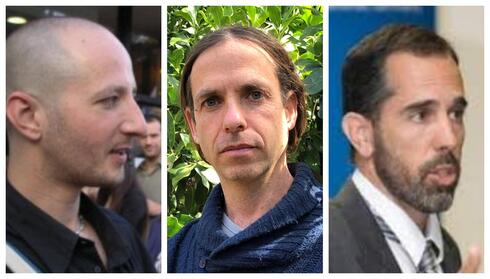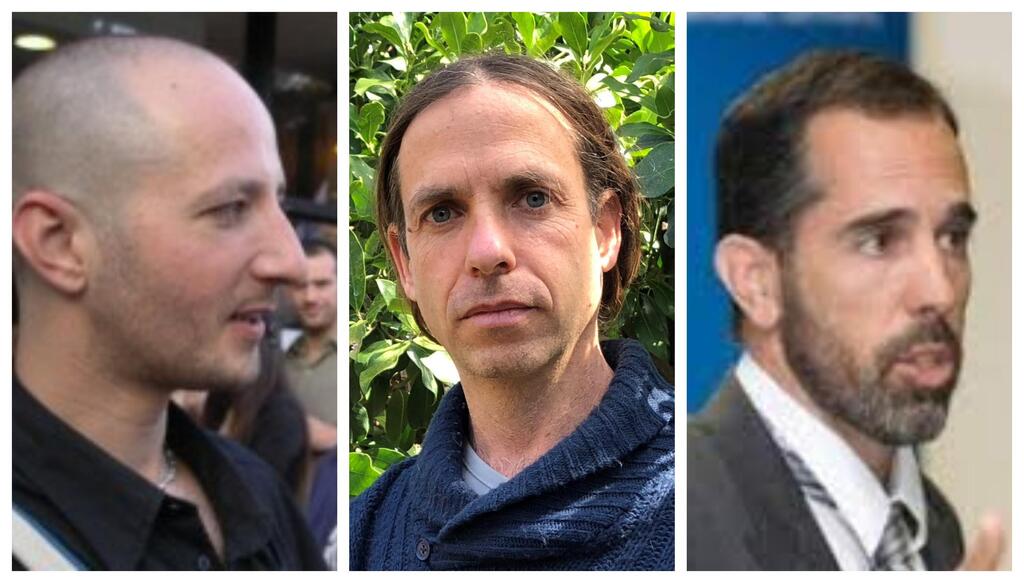
Boarding Pass
ThermoTerra's hot new tech will keep our buildings cool in the face of climate change
The company has raised $500,000 to help tap into a $270 billion global heating, ventilation, and air conditioning (HVAC) market
“Nearly all dwellings and buildings require heating and cooling, now more than ever in the face of climate change,” says ThermoTerra. “The increasing use of air conditioners transfers heat from the inside to the outside of buildings, and this in addition to the CO2 emissions resulting from air conditioning energy use only exacerbates the problem.”
To address this, the company has developed a cooling and heating technology that avoids CO2 emissions and heating the environment and uses carbon capture materials. Its pilot structure at Ben-Gurion University demonstrated passive cooling continuously to 24°C (75F) solely using water collected from the relatively humid night air.
“Our technology has successfully overcome two of the main challenges in evaporative cooling: water requirements, and potential discomfort from increased humidity,” ThermoTerra continued. “We use an absorptive material and an airflow gap within the building envelope, and a controlled airflow system.”
You can learn more about the company below.
Company Name: ThermoTerra
Sector: Energy
Product/Service description:
The notion that cooling and heating costs may be lower than lighting costs sounds far-fetched. The possibility that this can be achieved by simple, solid-state technology using natural materials, is even more so. That such a system would not increase building or product costs appears, on the surface, to be science fiction. But this leap forward has been achieved by the use of a novel combination of technical knowledge, practical considerations, and intelligent algorithms. ThermoTerra has engineered a construction element to be integrated into buildings that reduces, or even eliminates, the need for heating, cooling, or humidity balancing.
Founder Bios:
Dror Zchori - CTO & Founder: Deals with environment and engineering for more than 20 years in the fields of renewable energy, green buildings, water recycling, permaculture, and environmental education. Has established an ecological off-grid demonstration village and led ecological and educational enterprises. Former education in biotechnology, agriculture, and mechanical engineering.
Jeremy Rutman Researcher and Patent Attorney: Jeremy's background is in experimental physics, with a Ph.D. from the Technion. He is an Israeli patent attorney, writing and prosecuting patents in a variety of technical fields. One of the founders of TAMI, the Tel Aviv Makers space. Lately, he is involved in several startups as a programmer in machine learning/image processing and some electronics.
Year of Founding: 2018
Last Investment Round: $300,000
Last Investment Stage: Seed
Date of Last Investment: December 2020
Total investment to date: $500,000
Investors (leading and all): Israel Innovation Authority, Sigma Labs
Current number of employees: 3
Open positions: 4
How was the idea born?
Dror Zchori, the founder, built one of Israel's first zero-carbon-footprint dwellings in the Amirim Moshav in Israel's North, using the latest technology available at the time (selective radiation glass, photovoltaics, thermal mass, south-facing windows, highly-insulating materials, high-efficiency solar water heating) - but during the long and relatively dark winter of that climate found that the heating was inadequate. After looking at a 'desert cooler' he realized that he could use the opposite effect, namely absorption of water for heating in winter, and the regular 'desert cooler' effect for cooling in summer, in addition to a novel approach for avoiding introducing unwanted humidity when cooling. After a few initial prototypes showed promising results, he formed a team at a 'Desert-Tech' green innovation conference at Be'er Yitzchak, wrote some provisional patents, and received an initial grant from the Innovation Authority.
What is the need for the product?
Nearly all dwellings and buildings require heating and cooling, now more than ever in the face of climate change.
The increasing use of air conditioners transfers heat from the inside to the outside of buildings, and this in addition to the CO2 emissions resulting from air conditioning energy use only exacerbates the problem. To address this, we have developed a cooling and heating technology that not only avoids CO2 emissions and heating the environment but also uses carbon capture materials. In a pilot structure at Ben-Gurion University, we demonstrated entirely passive cooling continuously to 24°C (75F) solely using water collected from the relatively humid night air.
Our technology has successfully overcome two of the main challenges in evaporative cooling: water requirements, and potential discomfort from increased humidity. We use an absorptive material and an airflow gap within the building envelope, and a controlled airflow system. At night, relatively humid ambient air is circulated through the absorptive material, which absorbs the night humidity. During the day, drier air is run past the absorption material, is cooled, and redirected to cool the building indirectly through the walls, acting as a heat exchanger without increasing the humidity of the room's interior. The system's absorptive material serves as insulation within the building envelope, eliminating the need for additional space or material, and providing a return on investment of less than four years.
How is it changing the market?
The use of a passive, cost-effective method for providing most of the heating and cooling needs reduces the remaining load on conventional HVAC systems, reducing costs further. Both old and new buildings can be fitted with this system although new construction using carbon-neutral materials is our 'low-hanging fruit'.
How big is the market for the product and who are its main customers?
Global heating, ventilation, and air conditioning (HVAC) total addressable market (TAM) in 2022 was $270 billion and is growing at a compound annual growth rate (CAGR) of 6.3% annually.
Does the product exist already? If not - at what stage is it and when is it expected to hit the market?
Prototypes for several different types of installation have been built and tested, and 'productization' is the next step with market readiness expected by mid-2024.
Who are the main competitors in this sector and how big are they?
There are only a few companies in the space of passive AC and none of them provides the same solution for heating, cooling, air quality treatment, and monitoring.
What is the added value that the founders bring to the company and the product?
The founders have years of experience in this particular field, having worked to build and test prototypes and simulation software. Several have PhDs or other degrees in related fields including engineering, architecture, and physics.
What will the money raised during the current investment round be used for?
The next main steps are raising an investment round, productization, and partnering with relevant companies in the building industries.
In the "Startup Boarding Pass" section, CTech will cover the (relatively) small investments made in companies during the early stages of their existence - and the entrepreneurs and startups who have not yet had the opportunity to reveal their stories to the world. Please use the linked form and fill it out according to the guidelines. This form is intended for startups raising between $500,000 and $3 million from venture capital funds, angels, or official grants from Israeli and foreign institutions. If relevant, someone at CTech will be in touch for follow-up questions.














